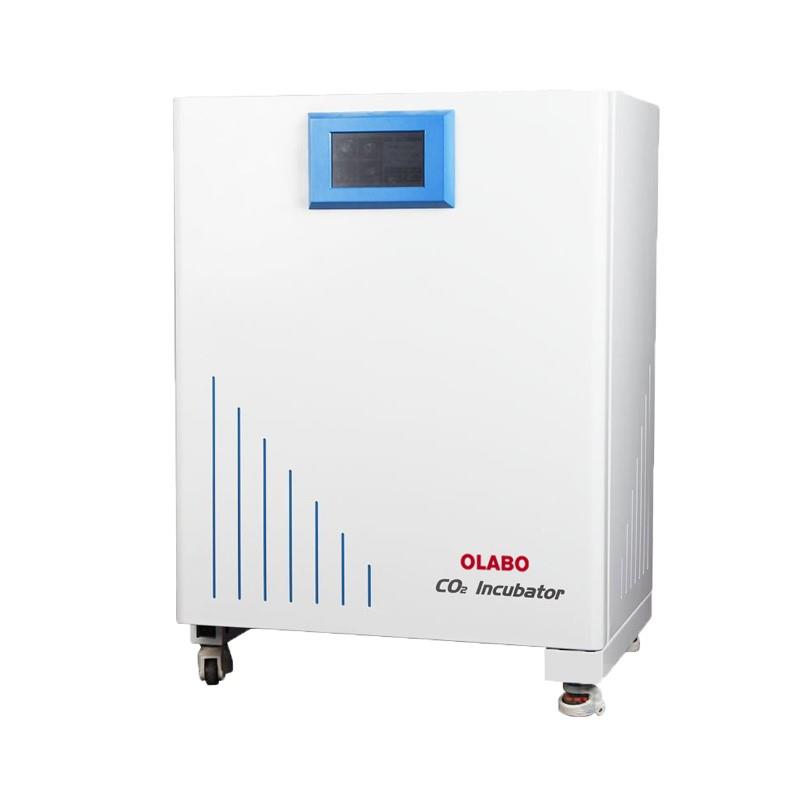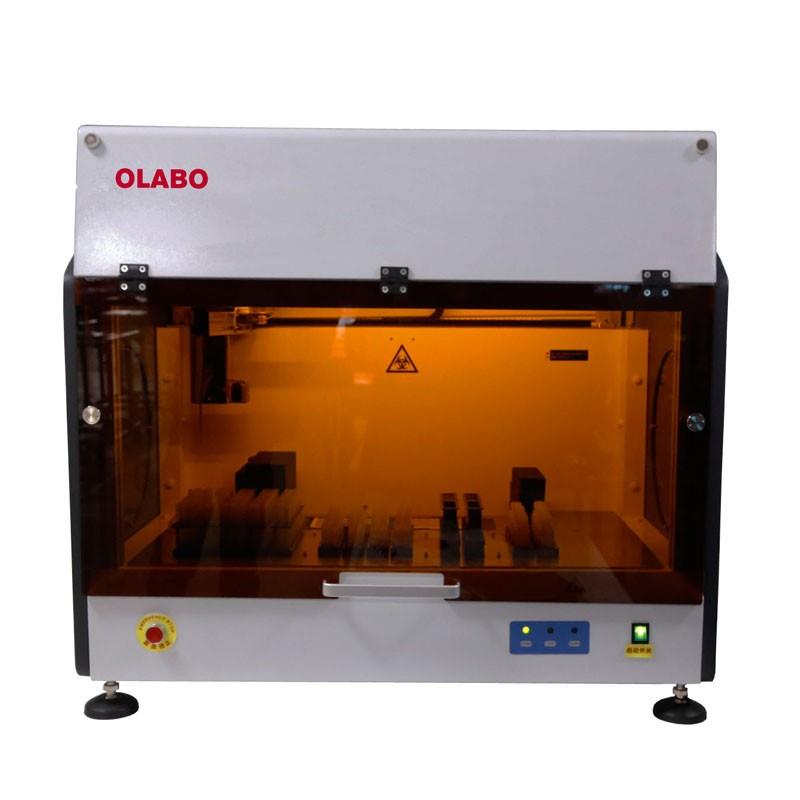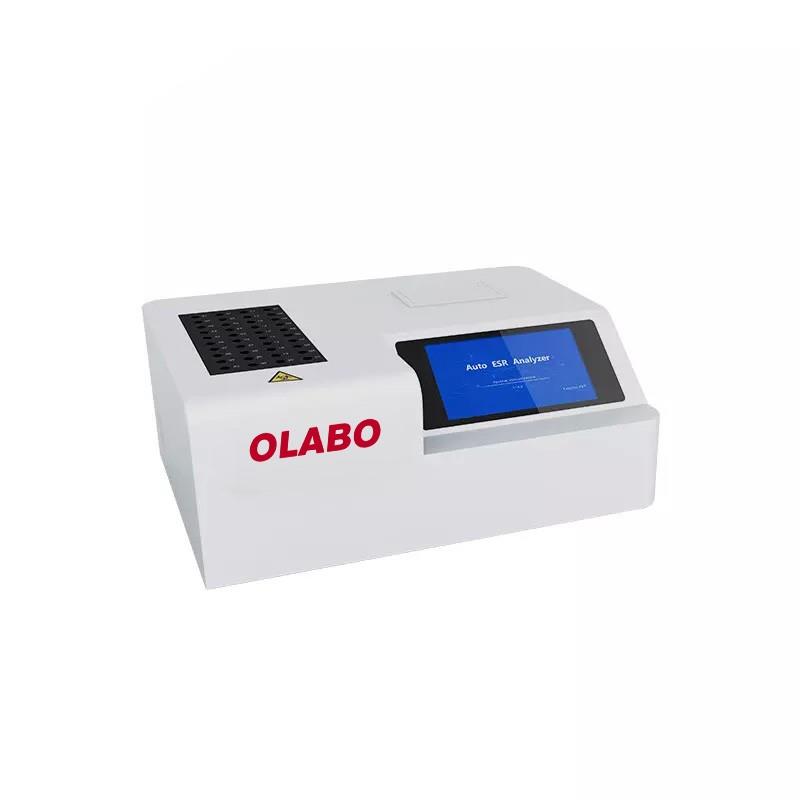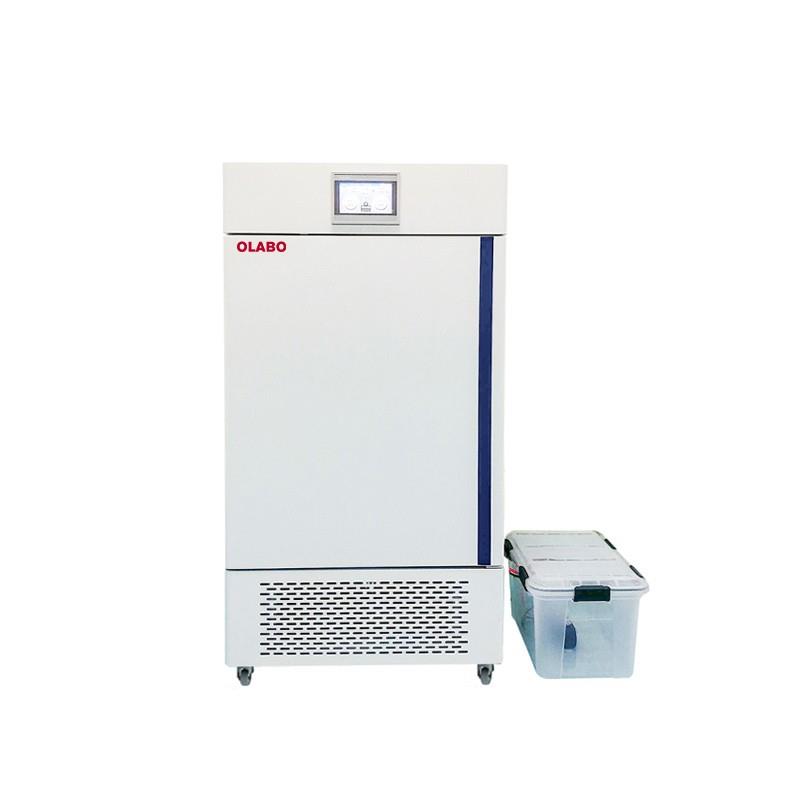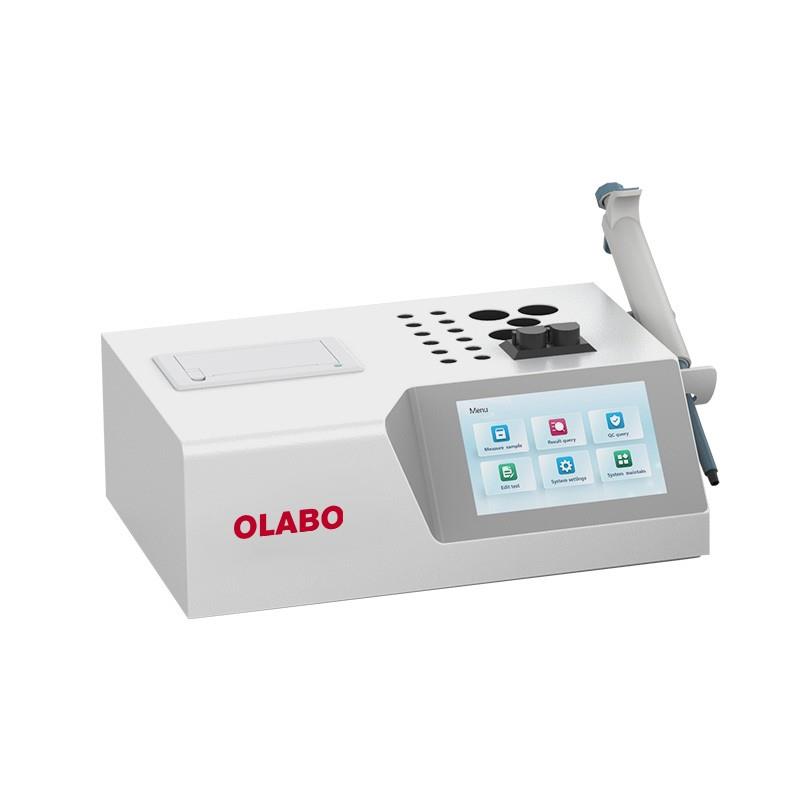A biosafety cabinet (BSC)—also called a biological safety cabinet or microbiological safety cabinet—is an enclosed, ventilated laboratory workspace for safely working with materials contaminated with (or potentially contaminated with) pathogens requiring a defined biosafety level. Several different types of BSC exist, differentiated by the degree of biocontainment required. BSCs first became commercially available in 1950.
The primary purpose of a BSC is to serve as a means to protect the laboratory worker and the surrounding environment from pathogens. All exhaust air is HEPA-filtered as it exits the biosafety cabinet, removing harmful bacteria and viruses. This is in contrast to a laminar flow clean bench, which blows unfiltered exhaust air towards the user and is not safe for work with pathogenic agents.Neither are most BSCs safe for use as fume hoods.Likewise, a fume hood fails to provide the environmental protection that HEPA filtration in a BSC would provide. However, most classes of BSCs have a secondary purpose to maintain the sterility of materials inside (the "product").
The U.S. Centers for Disease Control and Prevention (CDC) classifies BSCs into three classes.These classes and the types of BSCs within them are distinguished in two ways: the level of personnel and environmental protection provided and the level of product protection provided.
Class I
Class I cabinets provide personnel and environmental protection but no product protection. In fact, the inward flow of air can contribute to contamination of samples. Inward airflow is maintained at a minimum velocity of 75 ft/min(0.38 m/s). These BSCs are commonly used to enclose specific equipment (e.g. centrifuges) or procedures (e.g. aerating cultures) that potentially generate aerosols. BSCs of this class are either ducted (connected to the building exhaust system) or unducted (recirculating filtered exhaust back into the laboratory).
Class II
Class II cabinets provide both kinds of protection (of the samples and of the environment) since makeup air is also HEPA-filtered. There are five types: Type A1 (formerly A), Type A2 (formerly A/B3), Type B1, Type B2 and Type C1. Each type's requirements are defined by NSF International Standard 49, which in 2002 reclassified A/B3 cabinets (classified under the latter type if connected to an exhaust duct) as Type A2, and added the Type C1 in the 2016 standard. About 90% of all biosafety cabinets installed are Type A2 cabinets.
Principles of operation use motor driven blowers (fans) mounted in the cabinet to draw directional mass airflow around a user and into the air grille - protecting the operator. The air is then drawn underneath the work surface and back up to the top of the cabinet where it passes through the HEPA filters. A column of HEPA filtered, sterile air is also blown downward, over products and processes to prevent contamination. Air is also exhausted through a HEPA filter, and depending on the Type of Class II BSC, the air is either recirculated back into the laboratory or pulled by an exhaust fan, through ductwork where it is expelled from the building.
Class II cabinets are the commonly used cabinets in clinical and research laboratories.
Class III
The Class III cabinet, generally only installed in maximum containment laboratories, is specifically designed for work with BSL-4 pathogenic agents, providing maximum protection. The enclosure is gas-tight, and all materials enter and leave through a dunk tank or double-door autoclave. Gloves attached to the front prevent direct contact with hazardous materials (Class III cabinets are sometimes called glove boxes). These custom-built cabinets often attach into a line, and the lab equipment installed inside is usually custom-built as well.


